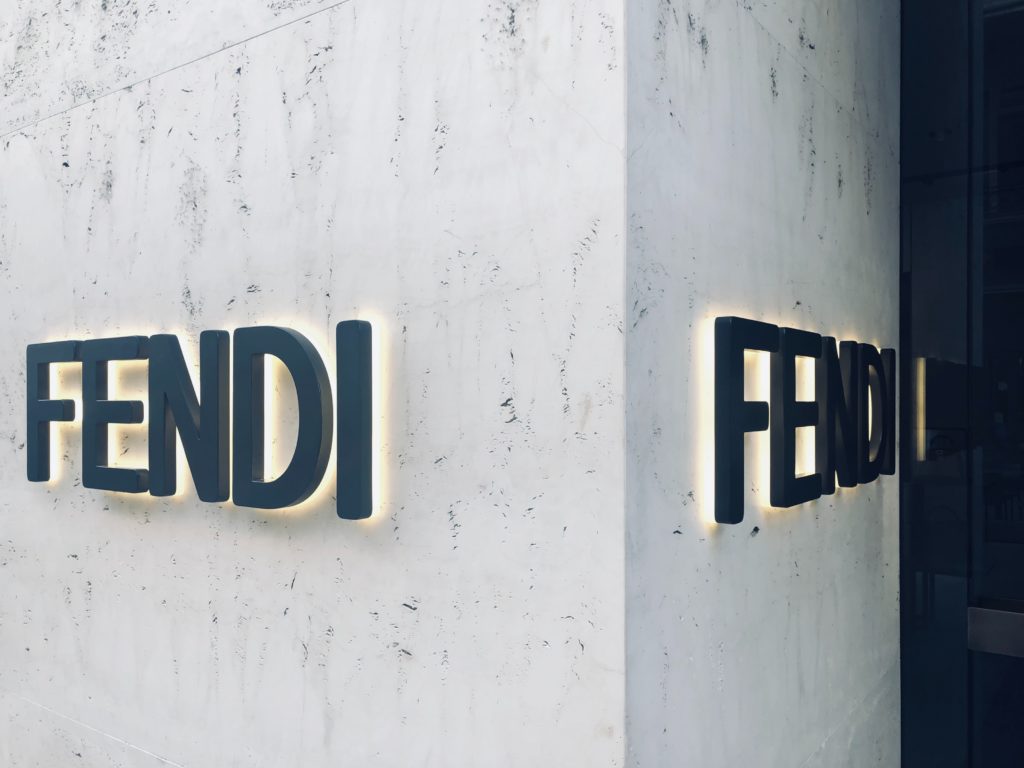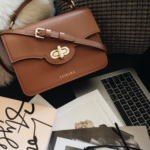
Luxury Brands Transition into Ecommerce
For years the luxury brand sector has been one of the slowest industries to transition into luxury, instead relying on the traditional brick and mortar model to drive sales. Key factors which have led to the reluctance include the ability to control over key elements of the luxury experience including messaging, personalisation, exclusivity and customer experience.
The disruption in 2020 with the COVID-19 pandemic saw brands who did not have a presence online loose out, this has driven a significant shift of luxury brands transitioning and incorporating eCommerce as a major part of their omni-channel strategy.
According to Deloitte the Key trends driving luxury brands to uptake an eCommerce presence and strategy
- Growth in eCommerce has risen at a rapid rate due to the COVID-19 pandemic
- Younger consumers (Millennials and Gen Z) becoming more important for luxury good sales
- Global growth in markets including China and other countries of luxury goods
- Development of partnerships with major luxury e-commerce players (and social media providers such as WeChat mini programs) to develop quality, reliable, flexible, brand-centric e-commerce business models.
Luxury brands e-commerce strategies
Source: Deloitte, 2021
Research conducted has shown the modern affluent customer is more likely to shop in a multi-brand environment, with 78% of luxury goods purchases online contributed by multi-brand stores such as Farfetch and Net-a-porter. Now traditional global brands who were reluctant to online such as fashion powerhouse Chanel are moving towards digital platforms via partnership with Fartfetch. Luxury group Richemont has also acquired Yoox Net-A-Porter Group to ensure they capitalise on the growing trend on online consumption for luxury.
Global online sales in luxury are expected to be 25% of total luxury sales in 2025. Hence a priority for luxury brands is ensure the customer journey online reflects the brand guidelines and provides the similar premium experience of buying in-store. Which mean elements such as functionality, customer experience, usability, website design, data collection and the ability to customise and personalise the shopping experience is imperative for a successful eCommerce strategy.
There is more importance on focusing on the Gen Z and Millennials to ensure brand growth for the future, as the younger shopper is becoming the largest segment for luxury shopping. It’s important to know media consumption and buying behaviour and influence is dramatically different for this market compared to previous generations. About 50% of the Gen Z and Millennials would rather spend money on travel and experiences. Hence it is important brands understand this and strategies how they promote their brands product and services to this market. For example, promoting how a car is much more than just its functionality, it provides an experience of self-indulgence and aspiration, this would be how to capture these buyers. A recent research study by Kibo found that more than half young shoppers, 30% Gen Z and 36% Millennials plan to shop in less in brick and mortar than ever before, instead moving towards digital platforms. Key driving factors for the transition:
- Convenience was the key factor driving the buying transition from physical shopping to online with 55% of Millennials and 51% Gen Z
- Two key areas for improvements noted by this market for brands was to enhance the technology and better images
- The factors driving negative experience was due to waiting for deliveries and unpredictability of the product
- Social media is key factor driving buyer behaviour with 64.2% Gen Z and 39.1% being influenced by Instagram to make a purchase.
- They choose brands the align with their own values and preference i.e. sustainability
Source: Businesswire.com, 2022
Figure 2: shows the breakdown of the consumption by online from a desktop/mobile or mobile vs the physical store broken down by mature markets, emerging markets, Gen Z, Millennials and Baby Boomers. The overall dominance and reliance of physical store shopping is dropping over the generations as customers adopts online behaviour, with mobile shopping increasing among the millennials compared to Gen Z and Baby Boomers.
The trend in digital platforms driving luxury sales is rising and this can’t be ignored by brands even traditional brands, those who do will miss out on the opportunity to grow their brand in the present and in the future. With the Gen Z and Millennials becoming the largest segments driving sales for this sector it is important brands recognise their buyer behaviour and influences are different from previous generations, with 42% of overall luxury purchases made by this segment driven by mobile or a computer (Deloitte).
It might be investing in a brand’s own online strategy and platforms or investing in a third-party online distributor, a 360 omni-channel strategy with the importance of an online presence is essential. Brands need to ensure they personalise and provide a premium customer experience reflective of their brand to ensure they optimise their online capabilities to capitalise on growing appetite of digital consumption.






